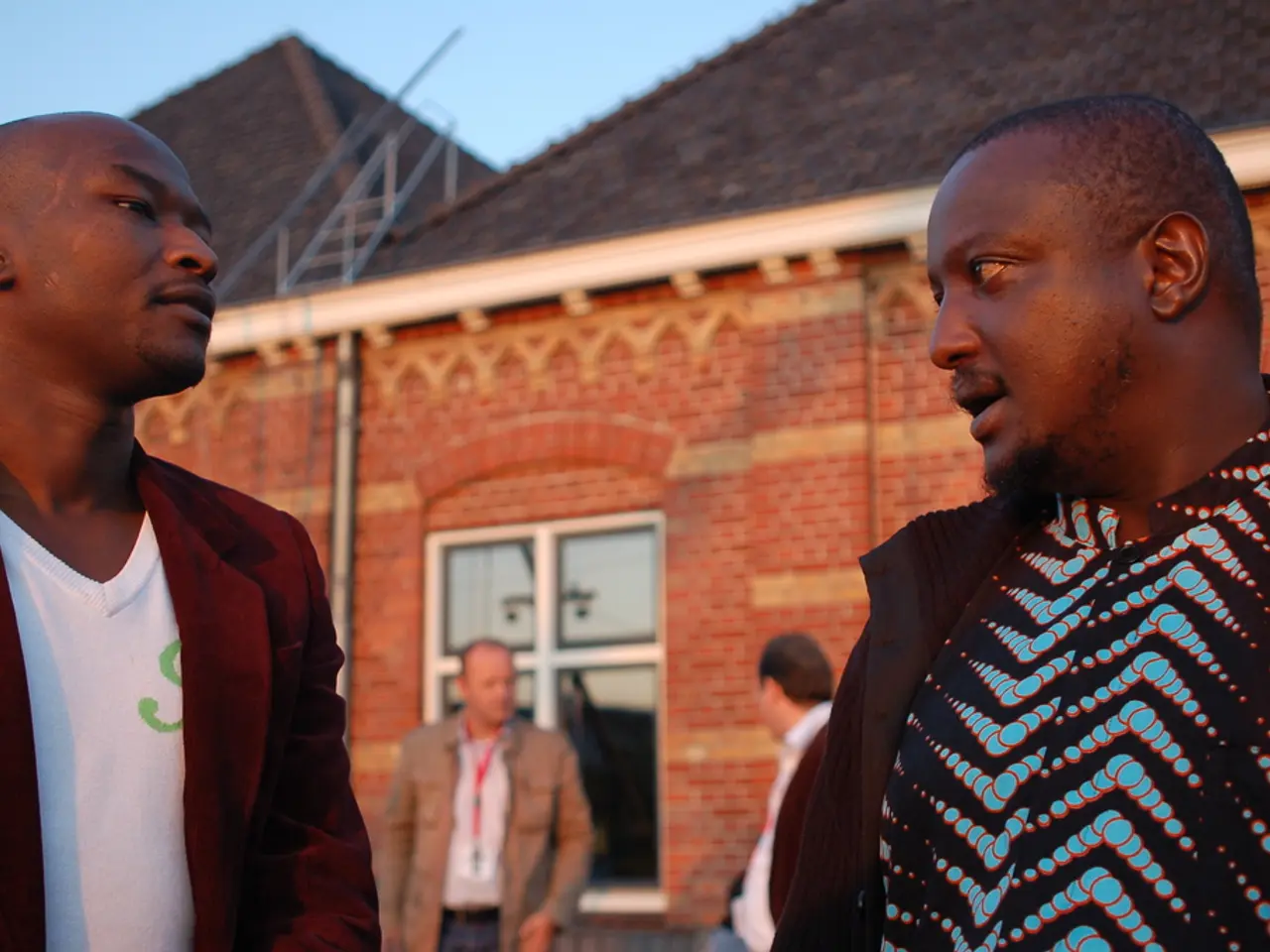Lower education and healthcare expenses to regain the confidence of Kenyans' voting populace
The health sector in Kenya has become a hotbed for cartels, pushing the poor into a cycle of indigence. Meanwhile, the reduction in university fees has been welcomed by many, but for most Kenyans, these fees remain beyond their reach.
University courses in medicine, dentistry, engineering, and architecture cost Sh600,000 and Sh396,000 annually, making them inaccessible for the majority. Consequently, many graduates are forced to take up jobs that do not require a degree, such as becoming boda boda riders, security guards, or working in construction sites.
The pressure on graduates does not end with finding employment. Many are under pressure to make money to replace what their parents sold to pay their fees and to help their siblings acquire education. The lack of affordable education and employment opportunities has led to an exponential rise in mental health issues and anger among the youth.
The education sector, which receives about 25% of the national budget and KSh 702 billion for 2025/26, is still insufficient to fully make education affordable. The sector faces a budgetary squeeze due to inflation, increased operational costs, rising pupil numbers, expanded curriculum requirements, pre-existing financial obligations, and administrative inefficiencies.
Recent official summaries and news reports on the education budget emphasize structural funding challenges, inflationary pressures, and increased demand as primary reasons why the allocated funds do not fully translate into affordable education access. Key government leaders have acknowledged a funding crisis but continue to affirm their commitment to free education through prudent management and increased investment rather than rollbacks.
Proposals to re-evaluate the funding model towards cost-sharing highlight recognition that budgetary allocations alone have not sufficed. Kenya is estimated to lose Sh2 billion to corruption daily, a loss that could potentially fund free education for all up to university. However, corruption remains a less prominently featured issue in the discussion of education affordability.
President William Ruto's statement that free education is no longer tenable was met with relief when he dismissed it. He has been criticized for having too many commitments and should focus on education and health. The poverty rate in Kenya stands at 39.8% of the population, with more than 20 million Kenyans living below the poverty line. The statement by President Ruto that he will take action against hospitals charging poor patients is trending in Kenya.
According to the Kenya National Bureau of Statistics 2024 report, people who survive on less than Sh3,947 and Sh7,193 per month in rural and urban areas respectively are deemed to live below the poverty line. Parliamentarians are the biggest contributors to corruption in Kenya, contributing to the systemic challenges faced by the education sector.
In conclusion, the insufficiency of funds to sufficiently make education affordable in Kenya is a result of systemic challenges—including inflation, increased demand, pending obligations, and sectoral expansion—combined with existing but less prominently featured issues like corruption. These factors together constrain the ability of allocated budgets to fully offset costs to learners and their families despite large nominal budget figures.
- Despite the government's commitment to free education, the increasing corruption in Kenya is estimated to cost the country Sh2 billion daily, a sum that could fund free education up to university for all.
- The rampant corruption in Kenya, particularly among parliamentarians, is a significant obstacle in addressing the systemic challenges that hinder the education sector's ability to offer affordable education.
- The lack of affordable education and the high cost of health care in Kenya contribute to the escalating mental health issues and anger among the youth, due to the financial burdens they face for education and the subsequent employability issues.





